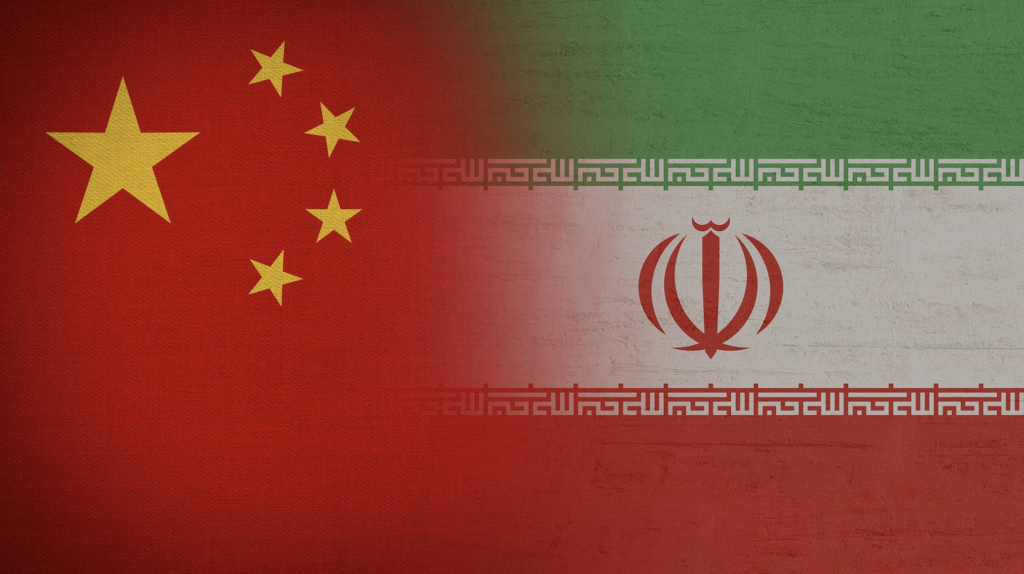
The New York Times recently reported that China and Iran are in a process of negotiating a long-term bilateral cooperation agreement. The proposed agreement stretches back to President Xi Jinping’s State Visit to Tehran in 2016 during which the vision for Sino-Iran cooperation was agreed. Both states decided to expand trade over 10 years whilst also agreeing to enhance cooperation as part of a longer 25-year plan. Although details have not been officially released in the public domain, an 18-page draft of the proposed agreement reported by The New York Times suggests that the deal encompasses a comprehensive economic and political dimension that has the potential for major strategic ramifications and mark a significant shift for China, Iran, and the wider region.
The agreement will supposedly result in $400 billion of Chinese investment in Iran over 25 years. As part of the agreement, Iran will grant China significant discounts on oil and gas with the ability to delay payments for up to a period of two years (Iran holds the second-largest natural gas and the fifth-largest crude oil reserves in the world). China will also have the added benefit of paying for the energy resources in soft currencies. This would ensure that China has access to a regular, large, and secure source of energy at a discounted rate.
In exchange, China will invest and expand its presence in the Iranian banking, telecommunications, ports, and railways sectors and therefore address Iran’s growing financial and infrastructural needs in addition to investing in dozens of other projects. This will give Iran much-needed investment into key sectors of an Iranian economy that are in desperate need of an upgrade following the U.S. led economic sanctions over its nuclear programme. China has already defied U.S. sanctions by continuing to buy Iranian oil which has seen China emerge as a major Iranian trading partner and oil importer over the course of the last decade. The proposed agreement will, therefore, be viewed as a major long-term investment to further enhance and deepen bilateral cooperation at a time of need for Iran.
From a regional perspective, the agreement may also be seen as a strategic move to counter the warming ties between long-term Iranian ally and China’s regional rival, India, and Iran’s staunch enemy and China’s global rival, the United States. Although the United States has dominated the Middle East for decades, the proposed agreement can be viewed as an attempt to eventually attain a greater foothold in the region. With the possibility of building strategic ports as part of the proposed agreement, there remains a strong possibility that China may militarise them at some point. At present, most of the world’s oil transits through the Persian Gulf which is controlled by the United States and hence regarded as a marker of U.S. strategic hegemony. The passage is of key strategic importance and China’s potential access to the Persian Gulf with a potential military port in the area would give China a strategic vantage point. The proposed agreement, therefore, has the potential to be a regional game-changer in the long-term.
Moreover, Iran also holds strategic significance in connecting Asia to Europe for China through its Belt and Road Initiative (BRI). The project is the flagship foreign-policy initiative of Chinese President Xi Jinping’s tenure with an ultimate goal of establishing the foundations for China’s hegemony in Eurasia. If Iran does indeed become a long-term participant of the BRI initiative, Iran would further its regional trade prospects and infrastructural connectivity with other BRI participating countries such as Pakistan, the CIS States, and also initiate deeper cooperation with China in other areas. Iran may also go further, seek membership, and eventually integrate within the Shanghai Cooperation Organisation (SCO) albeit with uncertainty regarding China’s stance surrounding Iran’s SCO membership given China’s trade interests in the Middle East. It is also unclear as to how China would react in the event of any escalations between Iran and its regional rivals.
Questions will also emerge surrounding the future of the Chabahar port. If the agreement gives China access to the Chabahar port region, India’s regional ambitions will be severely dented. This is likely considering the strain in bilateral relations between Iran and India due to the emerging India-U.S. axis to repel Chinese hegemony in the region. The silence of Iran in the ongoing border dispute between India and China also highlights the change in dynamics between the two countries in recent times.
Overall, the proposed agreement is visionary to enhance cooperation between Iran and China. The implications of the proposed agreement are likely to be regional although it would be premature to predict the precise long-term implications at this early stage. The proposed agreement, which is both a product of necessity and opportunity, has the potential to advance bilateral economic and political cooperation in diverse sectors with the potential of further deepening cooperation in the future. As for the wider region, the proposed agreement may not only mark a gradual shift in Iranian priorities from India to China; the proposed deal could also mark a geostrategic shift in the regional dynamics of the Persian Gulf with an increased Chinese presence.
![]()




Be the first to comment